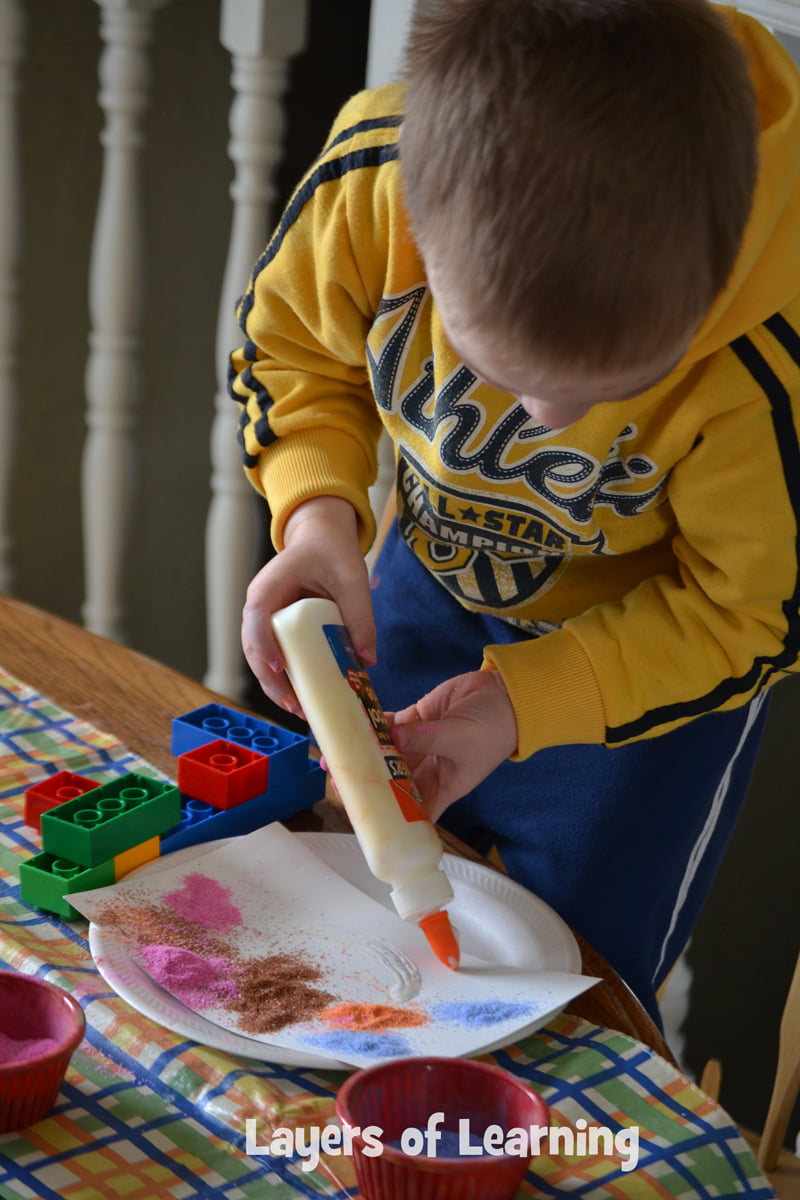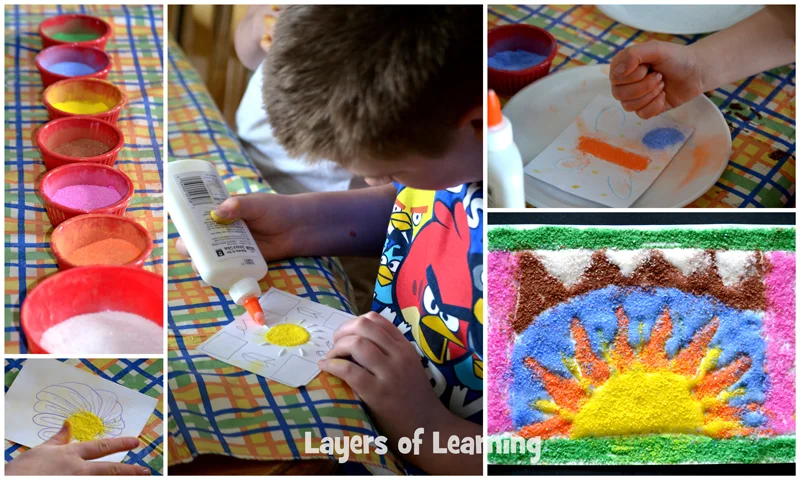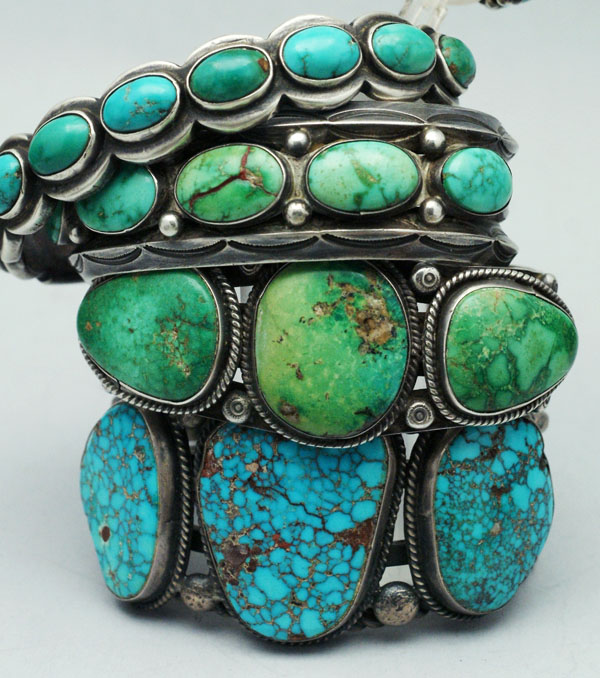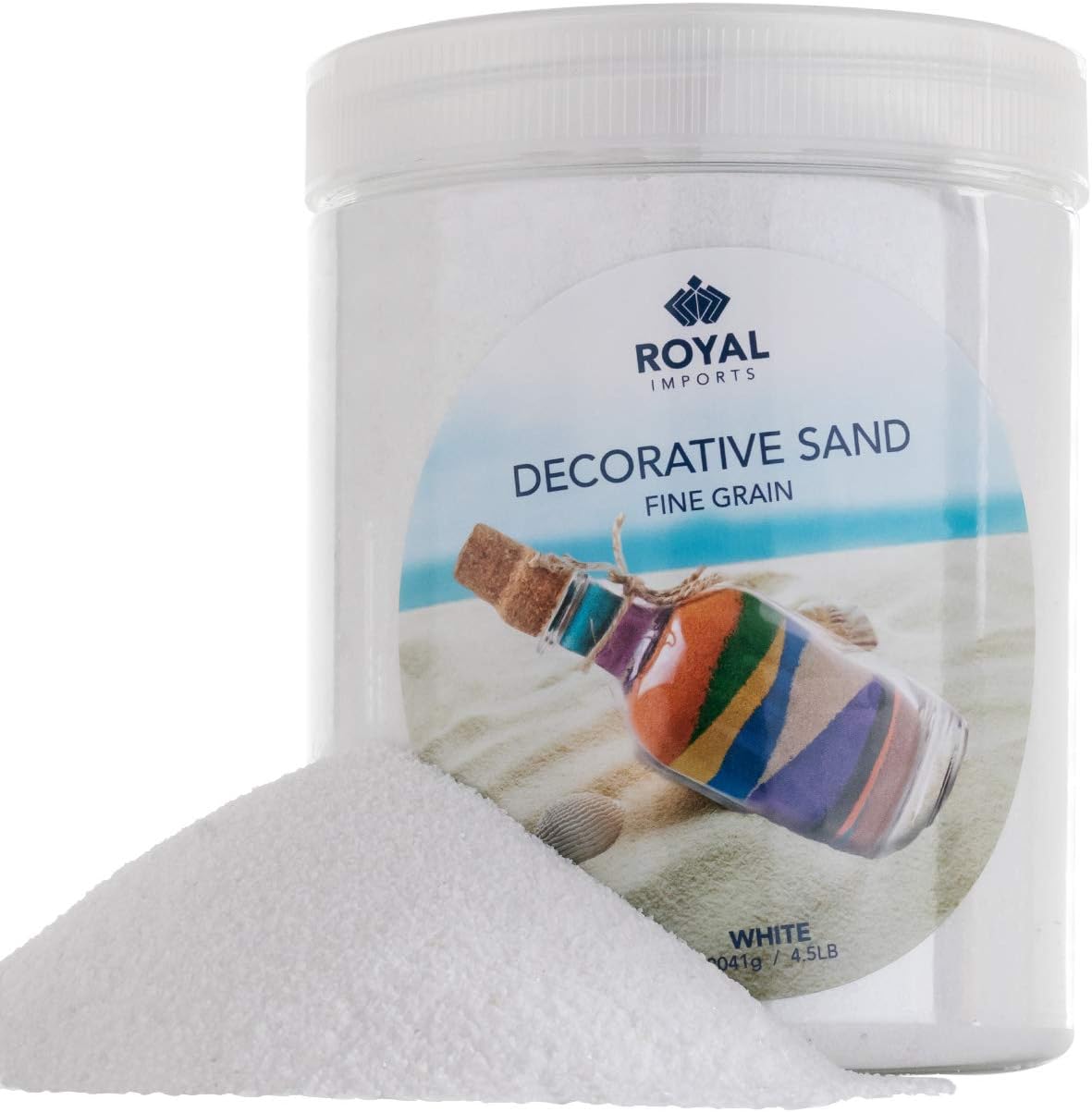This exploration is for all ages, as the colored smilies show. You can do the Native American Sand Painting exploration with your whole family together.




The Native American Sand Paintings exploration is a history exploration from North American Peoples . Within the unit, you will find lots more hands-on projects and explorations to help your family learn all about the Native American peoples. Layers of Learning has hands-on explorations, experiments, and art projects in every unit of this family-friendly curriculum. Learn more about Layers of Learning.
The Navajo people call themselves the Diné, which means the people. They migrated from northern Canada to the Southwest deserts sometime around AD 1400. The Diné remember the migration in their oral histories. When the former hunter-gatherers met the Pueblo people, such as the Anasazi or Hohokam, they adopted the farming and herding lifestyles of the locals. Because of the desert climate, many of the Southwest peoples lived in adobe homes or hogans.
Sand painting has long been a tradition of the Native American tribes of the Southwest. The Navajo tribes, in particular, are known for this beautiful artwork that was also believed to have healing properties. Traditionally, the medicine man of the tribe sprinkled colored sand in beautiful patterns and designs in front of the hogan of someone who was ill.
As he made the intricate designs, he also chanted and prayed for a healing blessing. Once he finished, he looked over his work, making sure that each part was in perfect order because the order of the art represented new harmony in the ill person’s life and body. It was this harmony that was intended to provide healing. Furthermore, it was believed that the sand paintings also acted as a portal for healing spirits that could aid the sick person. Once the painting and chanting were complete, it was thought to absorb the illness. Finally, once completely finished, the sand painting was destroyed.
Step 1: Library Research
Before you begin the project, read a book or two about the Navajo or Southwest Tribes. You don’t need to find these specific titles, but here are a few we recommend. The colored smilies above each book tell you what age level they’re recommended for.
As Amazon affiliates, the recommended books and products below kick back a tiny percentage of your purchase to us. It doesn’t affect your cost and it helps us run our website. We thank you!
Step 2: Navajo Sand Painting Exploration
You’ll need white play sand, powdered tempera paints, bowls, card stock, and school glue.

Read a book or watch a video about the Southwest Tribes, Anasazi, Hohokam, or Navajo people.
Look at examples of “Navajo sand art” online. The Navajo people are descended of the tribes of the Southwest and kept the sand art tradition alive.
Color white play sand by mixing it with powdered tempera paints. Start by mixing your sand and various colors of tempera paint in small dishes. You’ll need about 2 Tbsp. of sand and 1 tsp. of paint in each small container.
Next, sketch out your design lightly on your half sheet of card stock. Think about symmetry and combining organic and geometric shapes. The Native American sand painters sought for balance. Likewise, you should try to create balance in your own sand painting.
Once your design is ready, trace one section at a time with glue and begin carefully sprinkling colored sand on to the glue, one color at a time.
Gently shake off the excess sand. Use paper plates or something similar to catch the excess sand. Keep repeating this process with each color you add to your sand painting. Make sure every inch of your card stock square is covered, completely filling in your design.

Make sure every inch of your card stock square is covered, completely filling in your design. Look over your work and make sure you got each detail and made a balanced, ordered picture.
This project should cause you to pause and instill respect for the intricate designs of the Navajo sand painters. Their art was created directly on the ground and they couldn’t use adhesive or pour off extra sand they sprinkled. Even with the benefit of glue and getting to pour off the excess, this isn’t an easy art project. Those artists must have had extreme patience and skill to be able to complete their intricate designs in the sand, especially knowing they would be destroying their hours of detailed work at the end.
Step 3: Show What You Know
Finally, show off your sand painting to an audience and tell about the process you used to create your sand painting and how it compares with what the actual Navajo sand painters did. In addition, explain the cultural significance and what you learned about why the Navajos created these unique paintings out of sand.
Additional Layers
Additional Layers are extra activities you can do or tangents you can take off on. You will find them in the sidebars of each Layers of Learning unit. They are optional, so just choose what interests you.
Additional Layer

The Native Americans weren’t the only ones to make sand paintings. Artists from all around the world have used colorful sand to create art. Research “sand paintings” online and write a narration about what you learn.
Additional Layer

The Native Americans of the Southwest are also known for their beautiful jewelry design, and especially their work with turquoise.
Additional Layer

Photo by Tim Cowley. Shared under CC BY-SA 4.0
Many cultures and belief systems utilize healers. Some illnesses are believed to be physical while others are thought to be a result of curses or from things like breaking cultural taboos. This Muslim healer from Malawi in East Africa creates Islamic charms. Do you know of any healing practices within your own culture, belief system, or community?
Free Samples
Try family-style homeschooling now with free samples of four Layers of Learning units when you subscribe. You'll get to try family-style history, geography, science, and arts with your children.
You can unsubscribe any time.










I have tried to download the sample packs several times, but nothing is showing up in my emails. I was truly hoping to try this first. Thank you!
Hi Sarah, when you sign up for the newsletter you should get an email asking you to confirm your subscription. Once you click that link, then the welcome email with the downloads is sent to your inbox. If you haven’t gotten any emails from us, then it is probably being blocked or going to spam. Check your spam folder and then whitelist Layers of Learning by adding contact@layers-of-learning.com to your contacts.